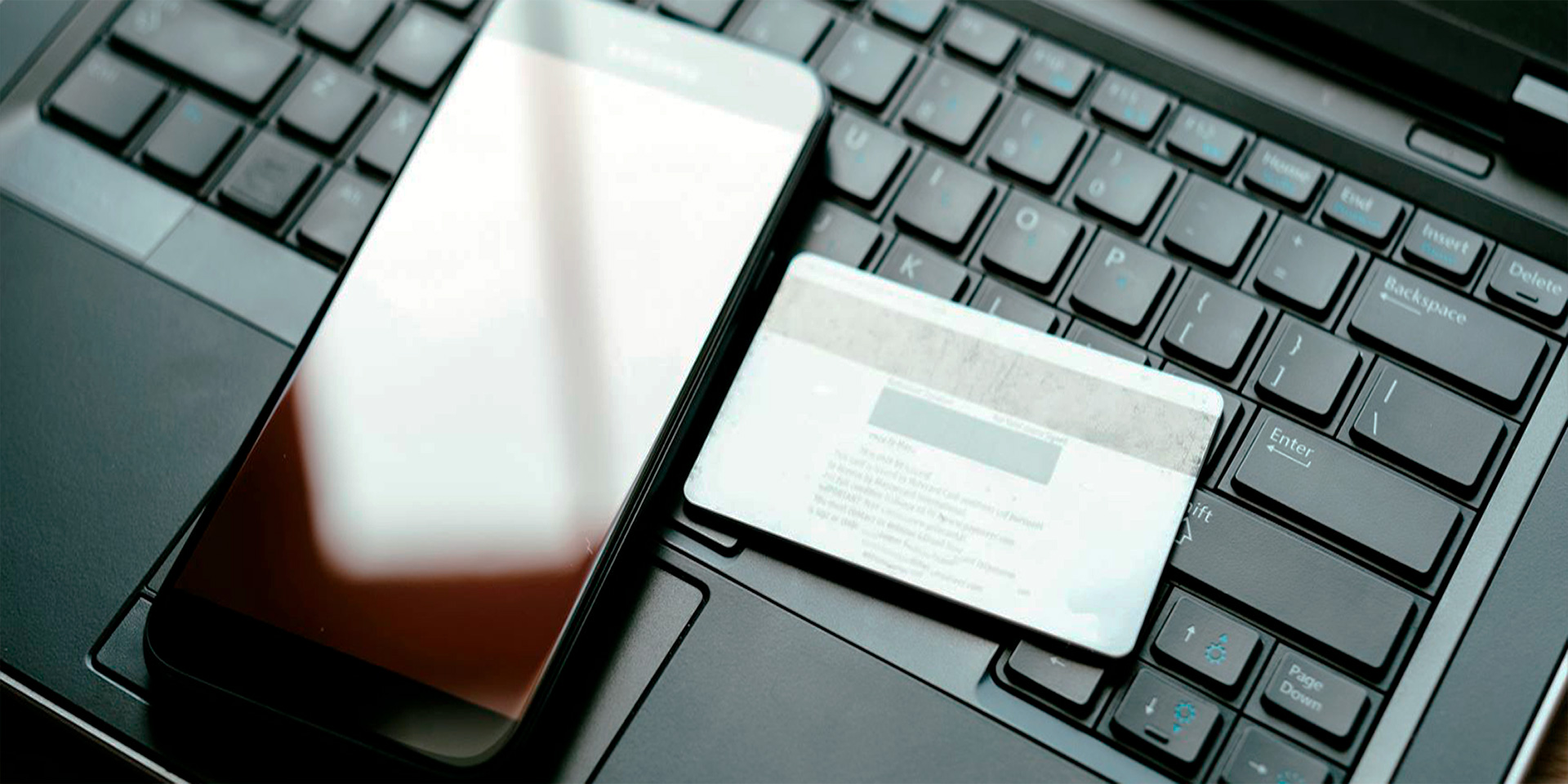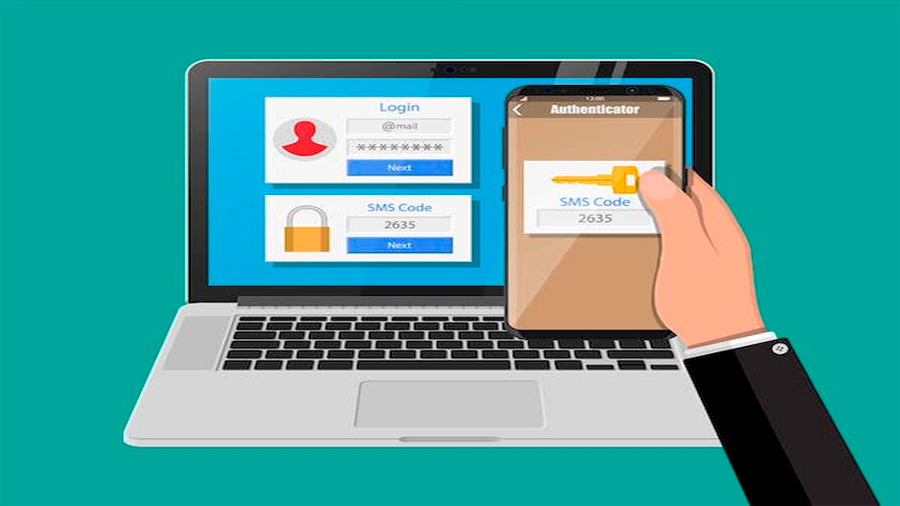Two-Factor Authentication: What It Is and Why You Need It
4 min read
In today’s digital world, protecting your online accounts is more important than ever. With cyber threats constantly evolving, relying solely on passwords is no longer sufficient to safeguard your personal information. Two-factor authentication (2FA) offers an extra layer of security that significantly reduces the risk of unauthorized access. This article explains what 2FA is, how it works, and why it is essential for your online security. Additionally, we will discuss how to set up 2FA on various platforms to ensure your accounts are as secure as possible.
Understanding Two-Factor Authentication
Two-factor authentication (2FA) is a security process that requires two different forms of identification to access an account. This method enhances security by combining something you know, like your password, with something you have, such as a smartphone or a hardware token. The combination of these two factors makes it much harder for cybercriminals to gain unauthorized access to your accounts, even if they manage to obtain your password.
The concept behind 2FA is straightforward: by requiring a second form of verification, you add an additional barrier that protects your accounts from being hacked. Even if a cybercriminal discovers your password, they would still need the second factor, which is typically something only you possess, to complete the login process.

How Two-Factor Authentication Works
When you enable 2FA, logging into an account becomes a two-step process. First, you enter your username and password as usual. After successfully entering your password, you are prompted to provide a second form of identification. This second step can vary depending on the method you choose for 2FA. Common methods include:
- SMS Verification: A one-time code is sent to your mobile phone via text message. You enter this code to complete the login process.
- Authenticator Apps: Applications such as Google Authenticator, Authy, or Microsoft Authenticator generate time-sensitive codes that you use to verify your identity. These codes typically change every 30 seconds.
- Hardware Tokens: Physical devices like YubiKey generate one-time codes or use USB connections to authenticate your login.
- Biometric Verification: Some systems use biometric data such as fingerprints, facial recognition, or voice recognition as the second factor.
By requiring this additional step, 2FA ensures that even if your password is compromised, your account remains secure because the attacker would need the second factor to gain access.
Why You Need Two-Factor Authentication
The primary reason to use 2FA is the added security it provides. Passwords alone are often not enough to protect your accounts, as they can be stolen, guessed, or hacked. Data breaches, phishing attacks, and malware can all expose your passwords to cybercriminals. With 2FA, even if your password is compromised, the second factor acts as a robust defense mechanism.
2FA significantly reduces the risk of unauthorized access. According to security experts, enabling 2FA can block up to 99.9% of automated attacks. This level of protection is particularly important for accounts that store sensitive information, such as email, banking, and social media accounts.
Additionally, 2FA protects against phishing attacks. Even if you inadvertently provide your password to a phishing site, the attacker would still need the second factor to access your account. This added layer of security helps protect your personal information from falling into the wrong hands.

Setting Up Two-Factor Authentication
Setting up 2FA is a straightforward process, and most major online platforms offer this security feature. Here’s how you can enable 2FA on some common platforms:
Google:
- Go to your Google Account settings.
- Select “Security” and then “2-Step Verification.”
- Follow the prompts to set up 2FA using your preferred method (SMS, authenticator app, or hardware token).
Facebook:
- Go to Settings & Privacy > Settings.
- Select “Security and Login.”
- Under “Two-Factor Authentication,” click “Edit” and follow the instructions to set up 2FA.
Twitter:
- Go to Settings and privacy.
- Select “Account” and then “Security.”
- Follow the prompts to enable 2FA using SMS, an authenticator app, or a security key.
Apple ID:
- Go to your Apple ID account page.
- Select “Security” and then “Turn on Two-Factor Authentication.”
- Follow the instructions to set up 2FA for your Apple ID.
Banking Apps:
- Log in to your banking app or online account.
- Navigate to the security settings.
- Follow the prompts to enable 2FA, usually involving SMS or an authenticator app.
Common Mistakes to Avoid
While setting up 2FA is crucial, it’s also important to avoid common mistakes that can compromise its effectiveness. One common mistake is not backing up your 2FA codes. If you lose access to your second factor (e.g., you lose your phone), you may be locked out of your accounts. To prevent this, make sure to securely store backup codes provided during the 2FA setup process.
Another mistake is using the same phone number or email for 2FA across multiple accounts. If that phone number or email is compromised, all your accounts using that factor are at risk. Diversify your 2FA methods where possible to enhance security.
Conclusion
Two-factor authentication is a powerful tool for protecting your online accounts from unauthorized access. By requiring both something you know (your password) and something you have (your smartphone or hardware token), 2FA adds an essential layer of security that significantly reduces the risk of cyber threats.
Setting up 2FA is a simple yet effective way to enhance your online security. By enabling this feature on your important accounts, you can protect your personal information and enjoy greater peace of mind. Remember, in today’s digital world, taking proactive steps to secure your online presence is not just an option—it’s a necessity.



